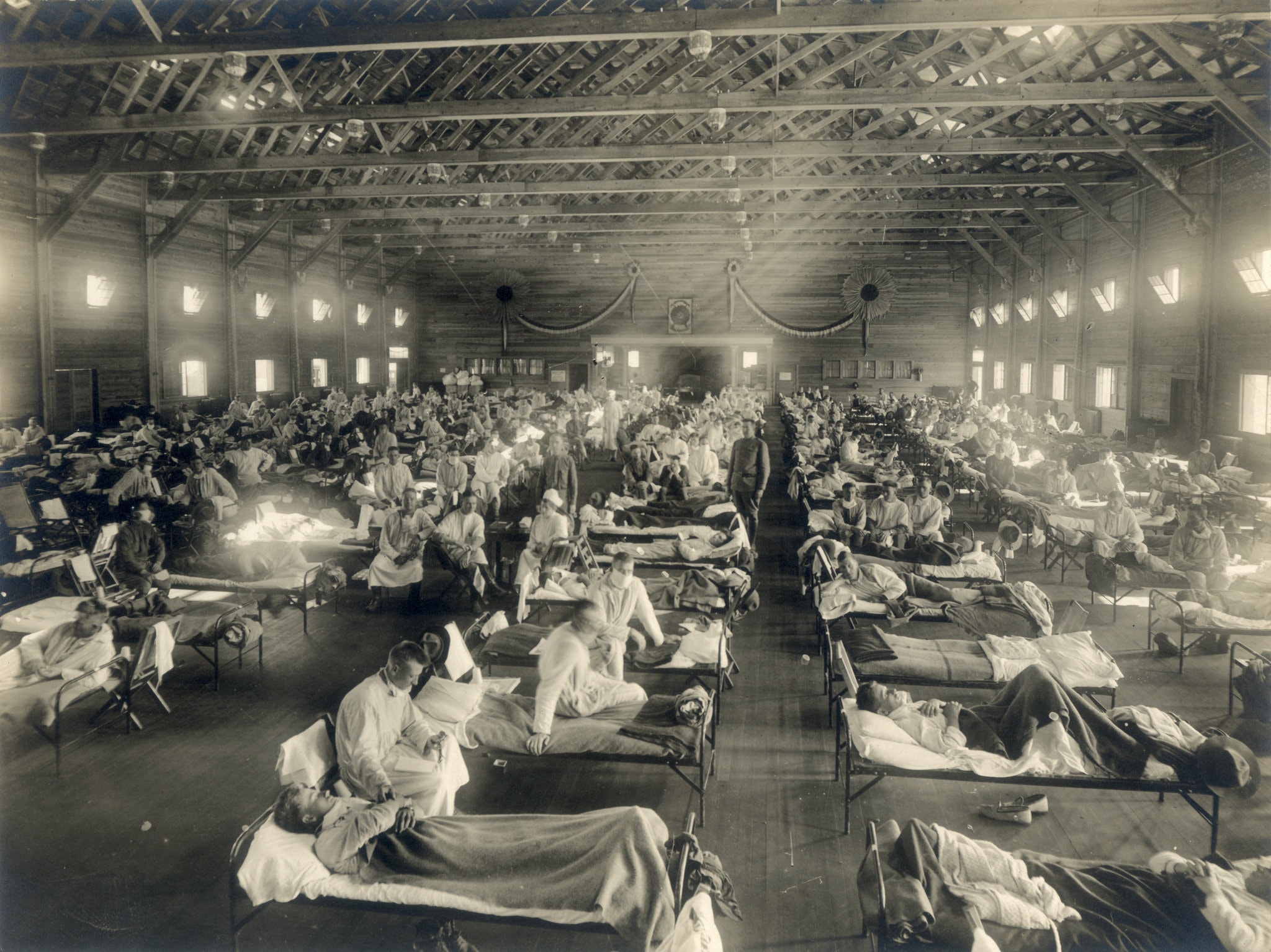
We have been here before...The 1918 influenza pandemic was one of the most severe pandemics in history. Caused by an H1N1 virus, it is estimated that 500 million people across the globe became infected with the virus.
In the United States, reactions to the pandemic were varied at first, as the virus was mostly contained within the most affected group, World War I soldiers. However, as the year went by, the virus began to spread into major cities across the globe, and in just 6 months 670,000 Americans had died from it.
In 1918, the theater industry was booming. It served as a major source of entertainment across the nation and the prospect of closing theaters was met with major hesitation from eager patrons. Still, while not all, many theaters did close and their financial struggles were highlighted in the news for weeks. One headline read “Theatres Hard Hit by Closing Order, Loss in Consequence of Dark Houses May Reach Half a Million. Managers Fear That Their Employees May Enter Other Fields”.
Despite financial hardships, most theaters survived, and the public wasted no time hurrying back to shows when the pandemic began to subside in the summer of 1919. Life was back to normal by 1920.
For more information on the 1918 pandemic and its impact on theater, check out these articles!